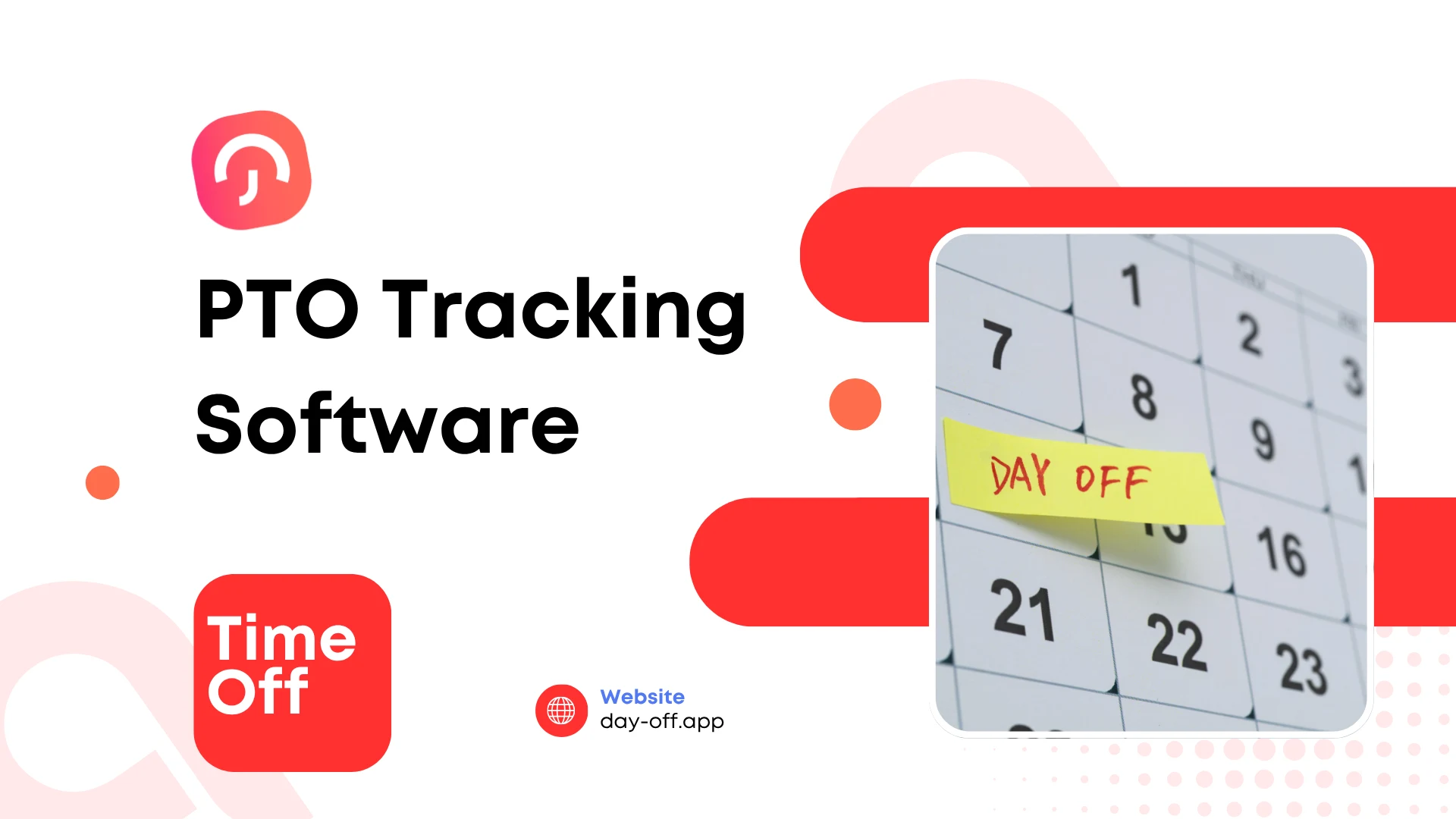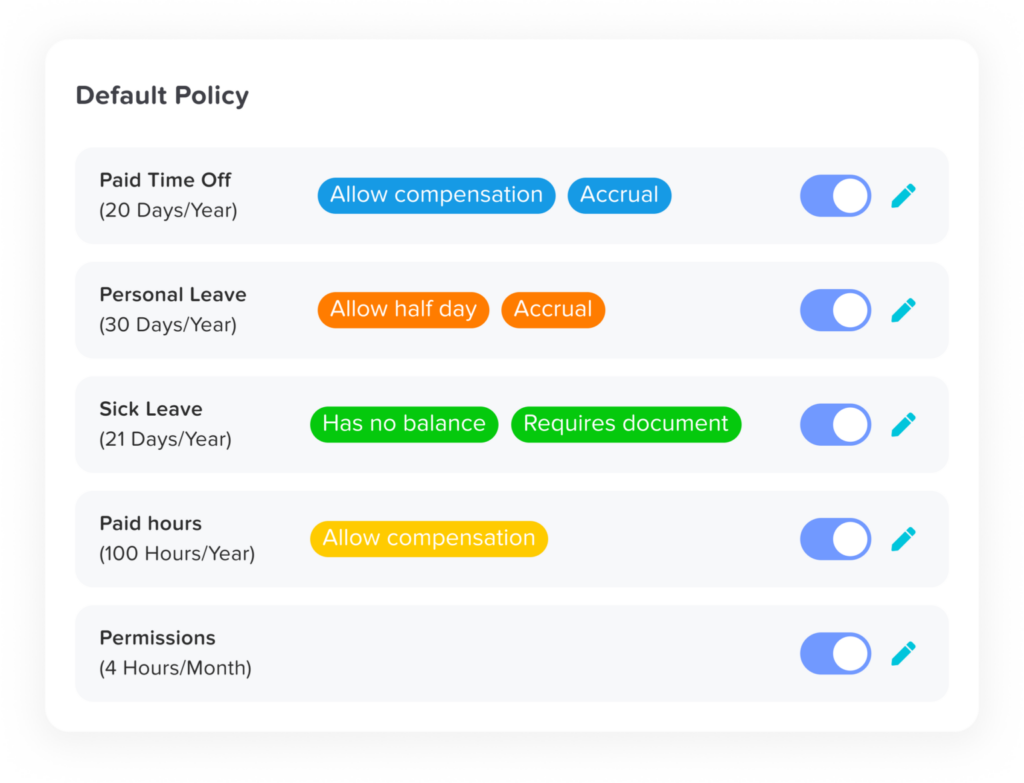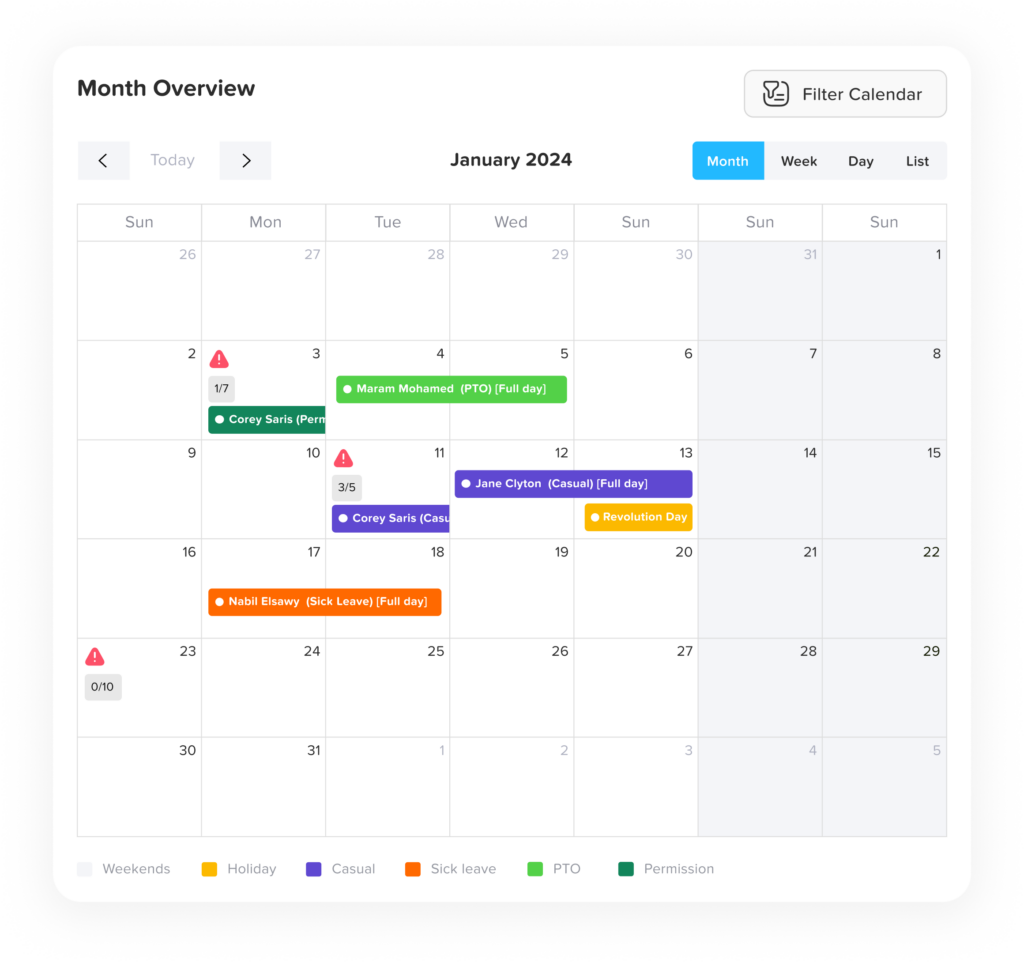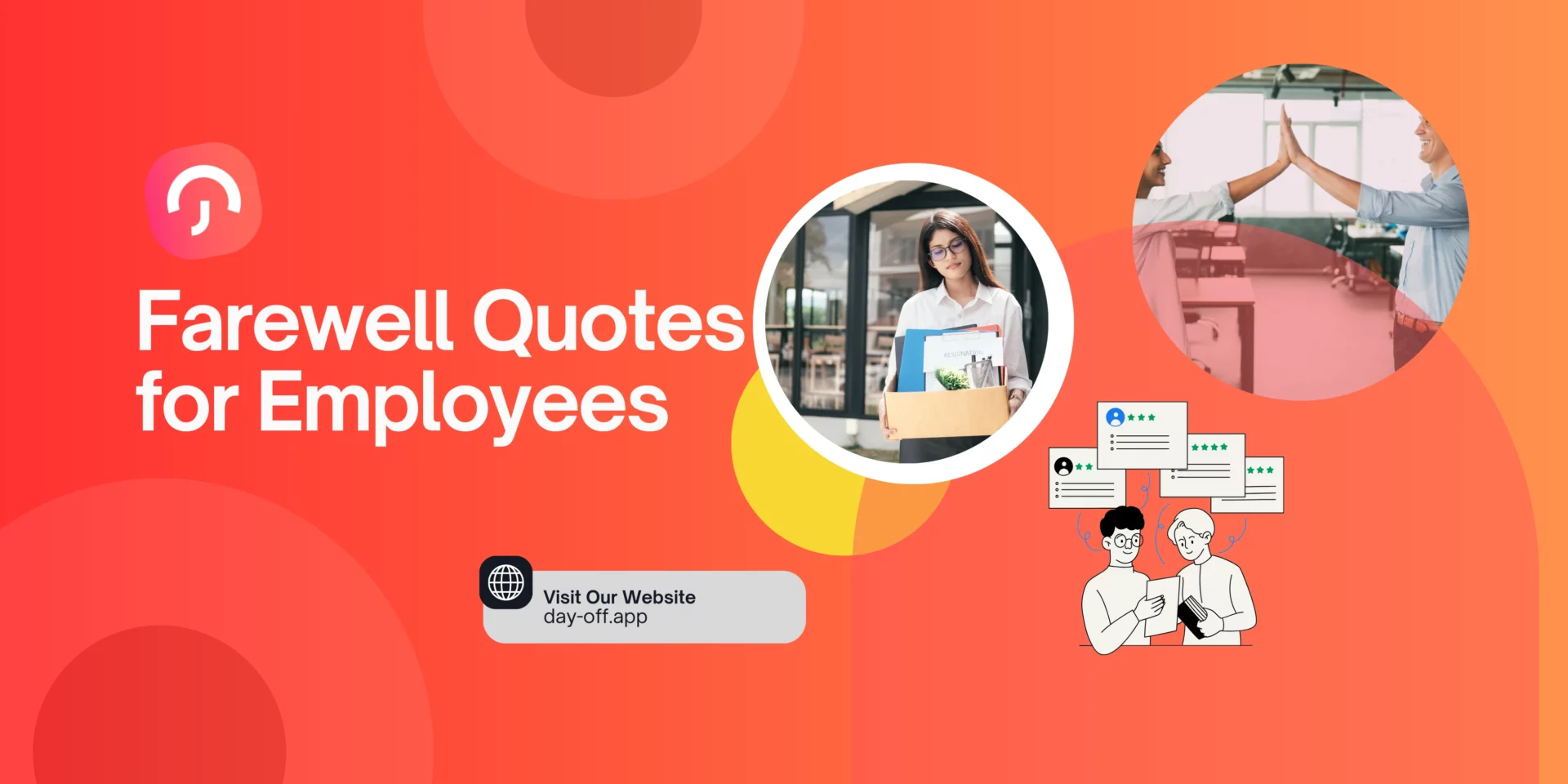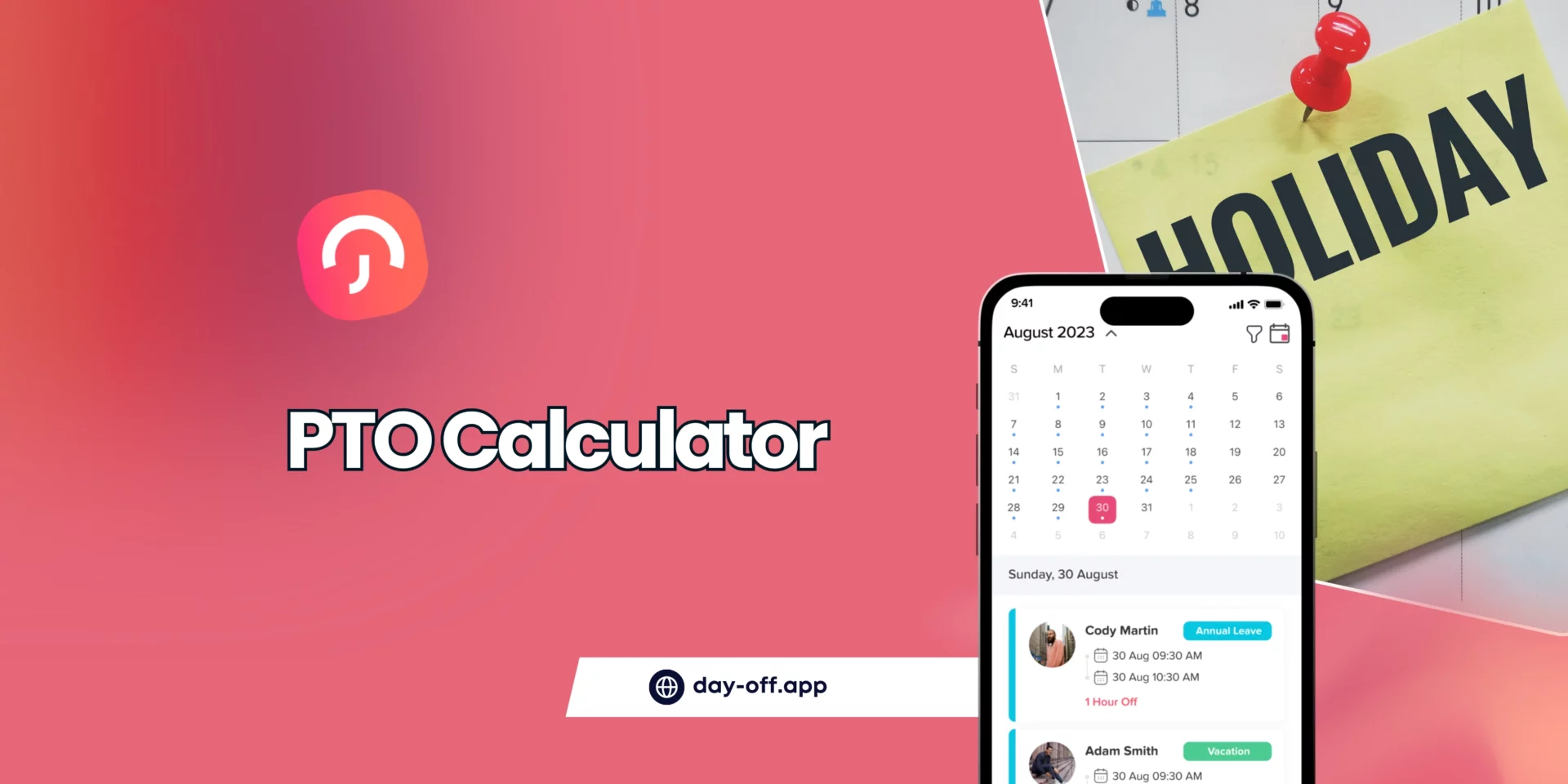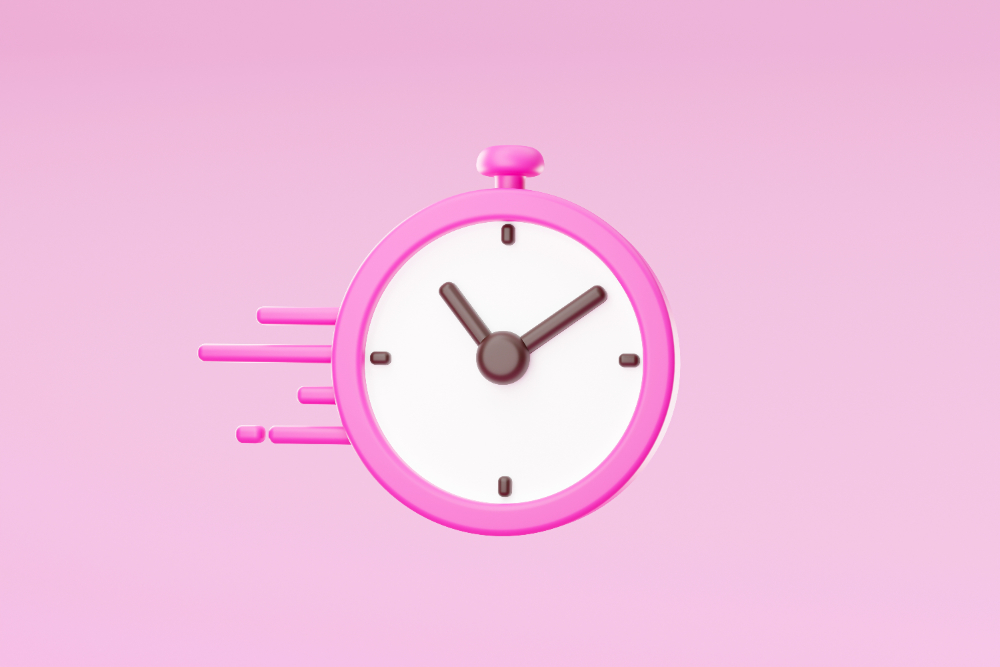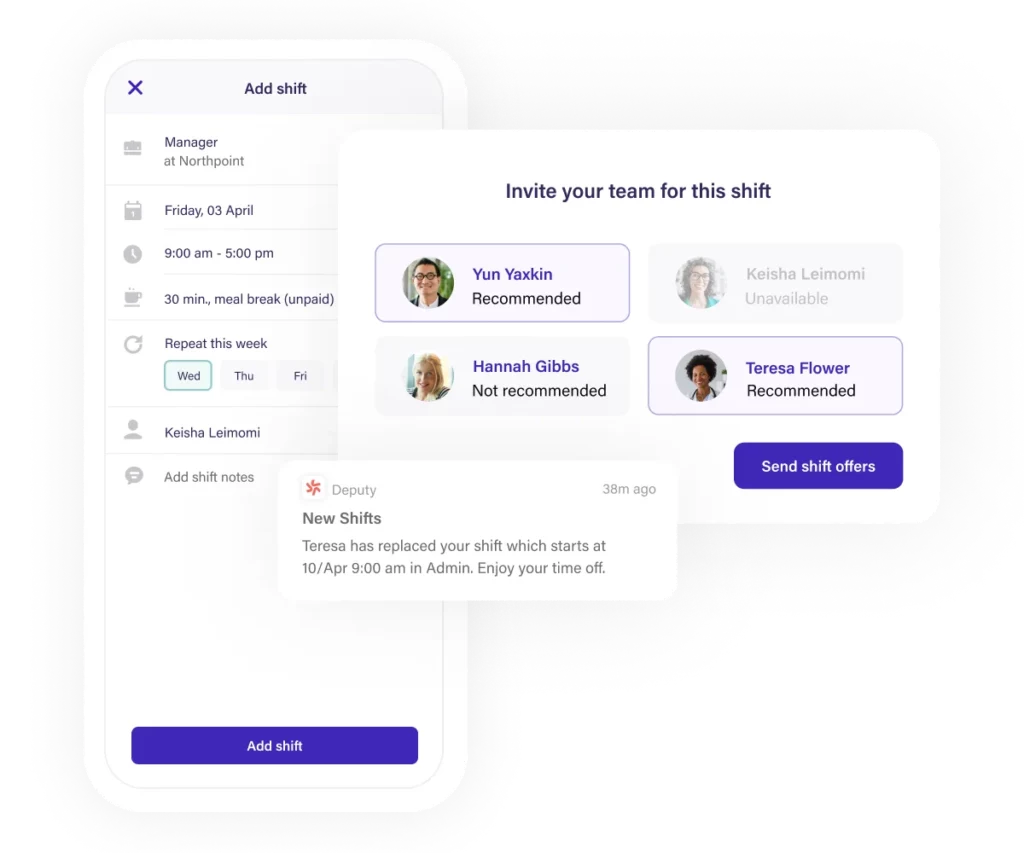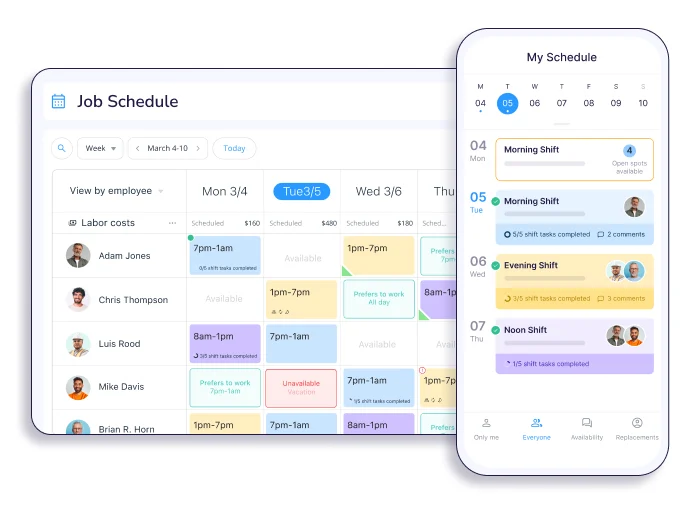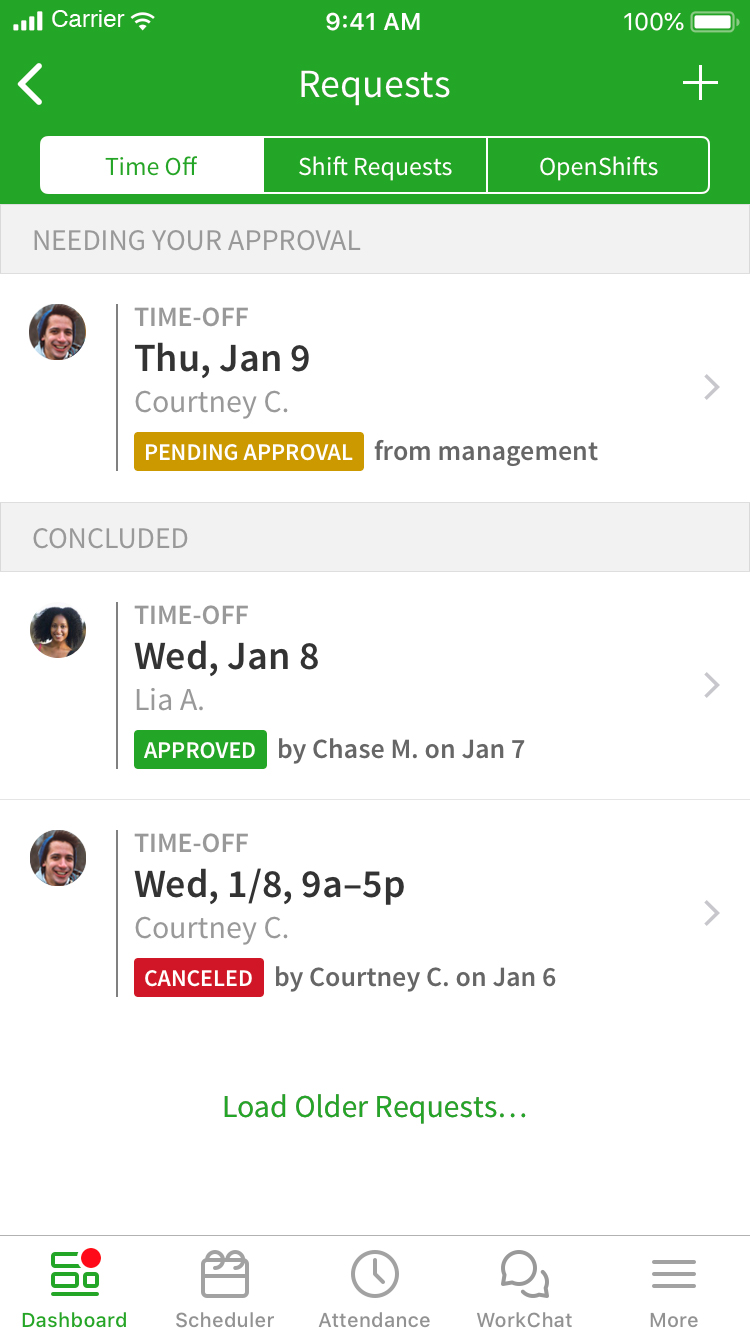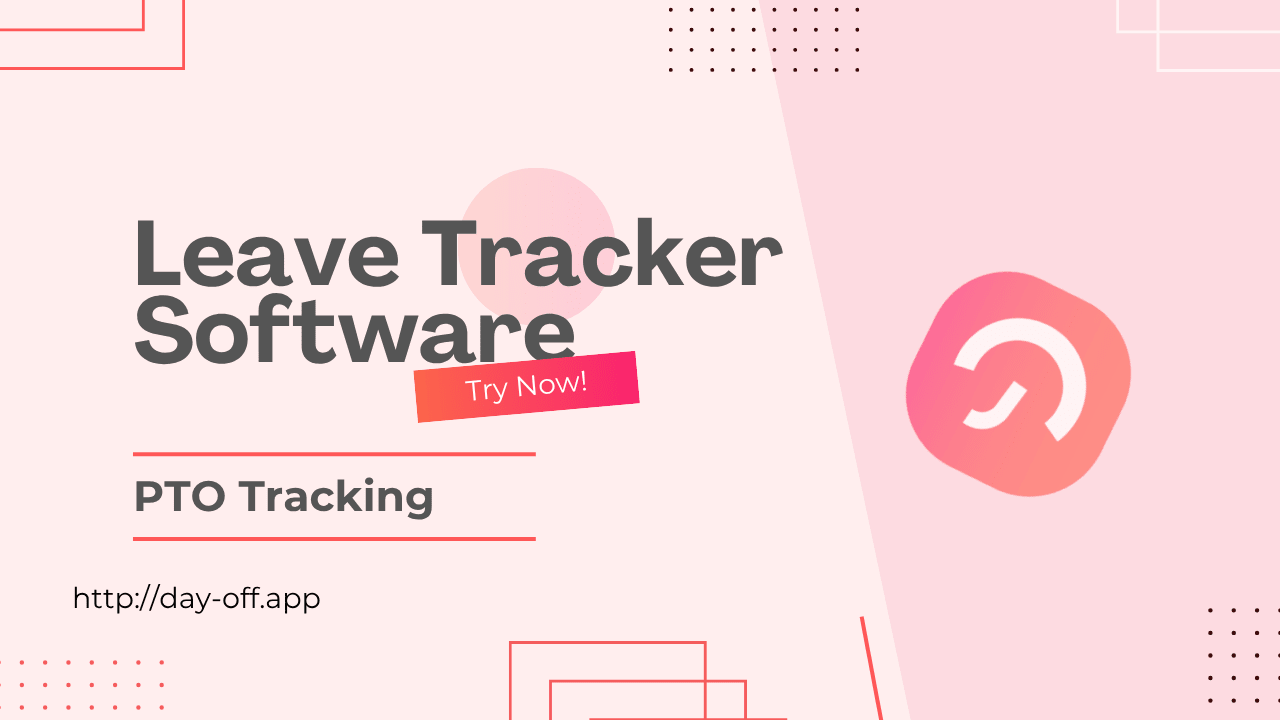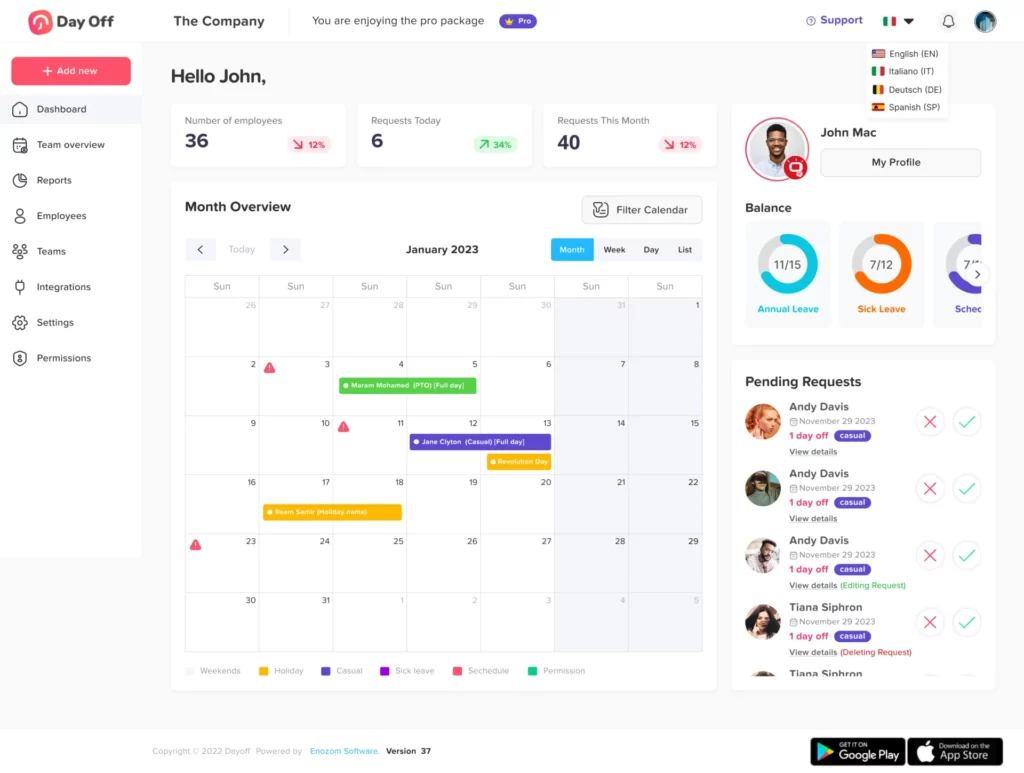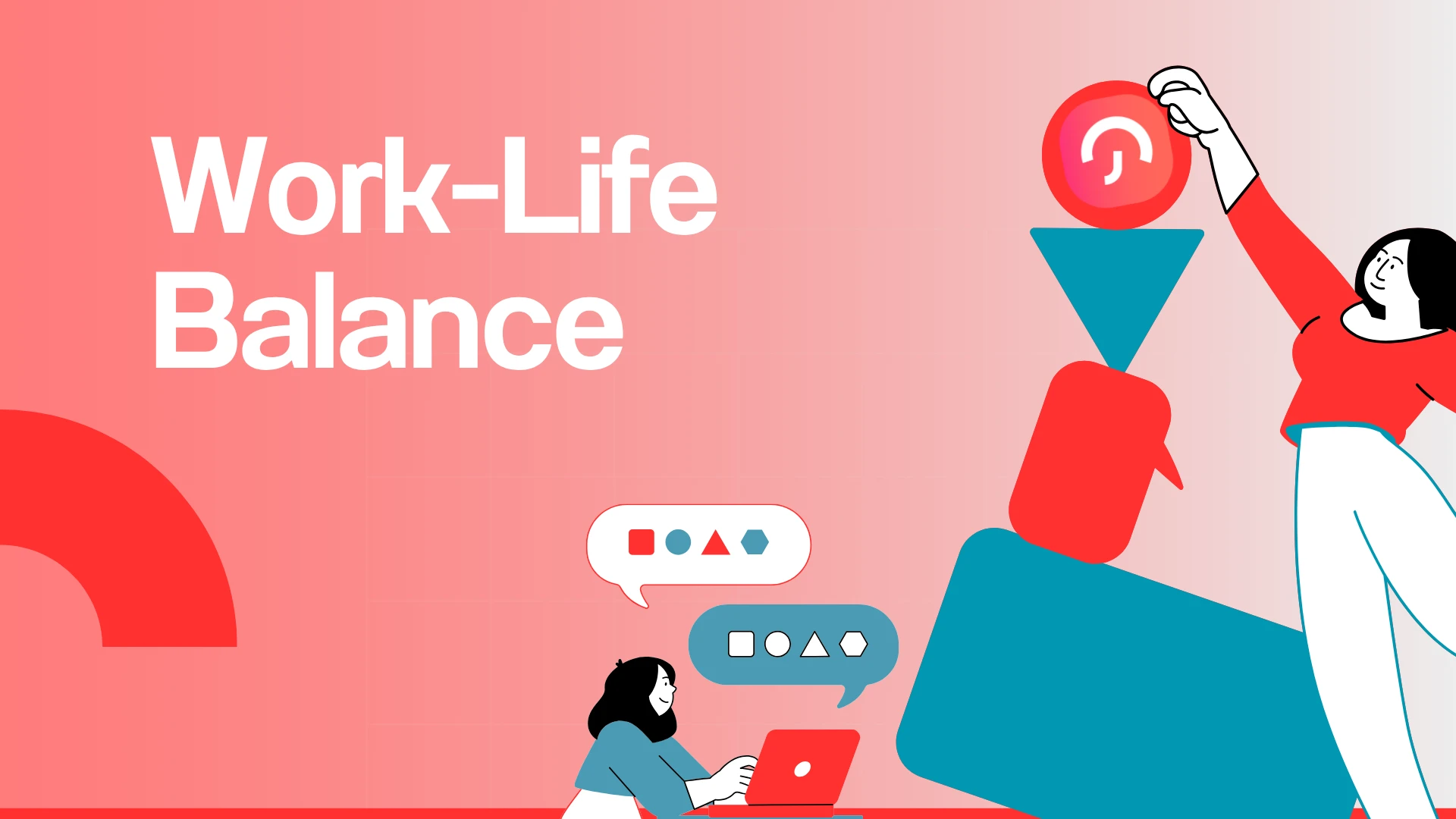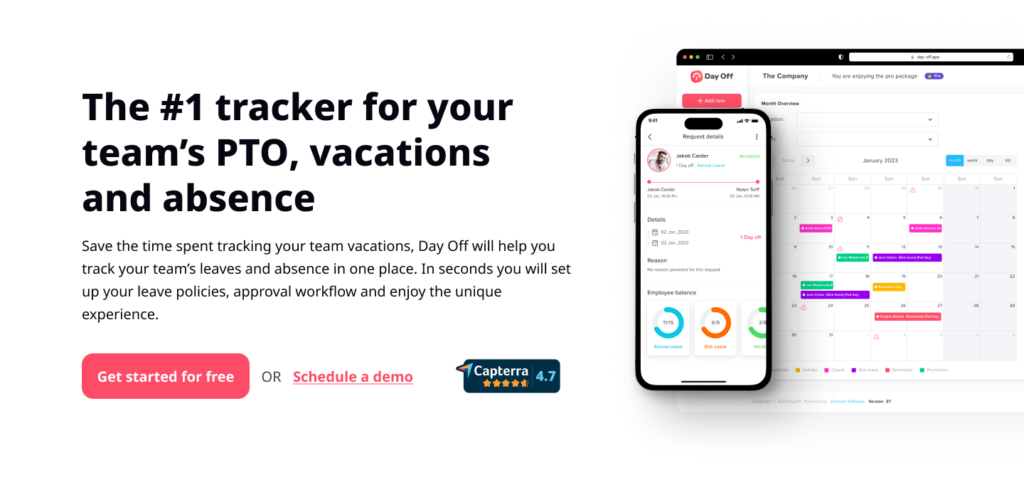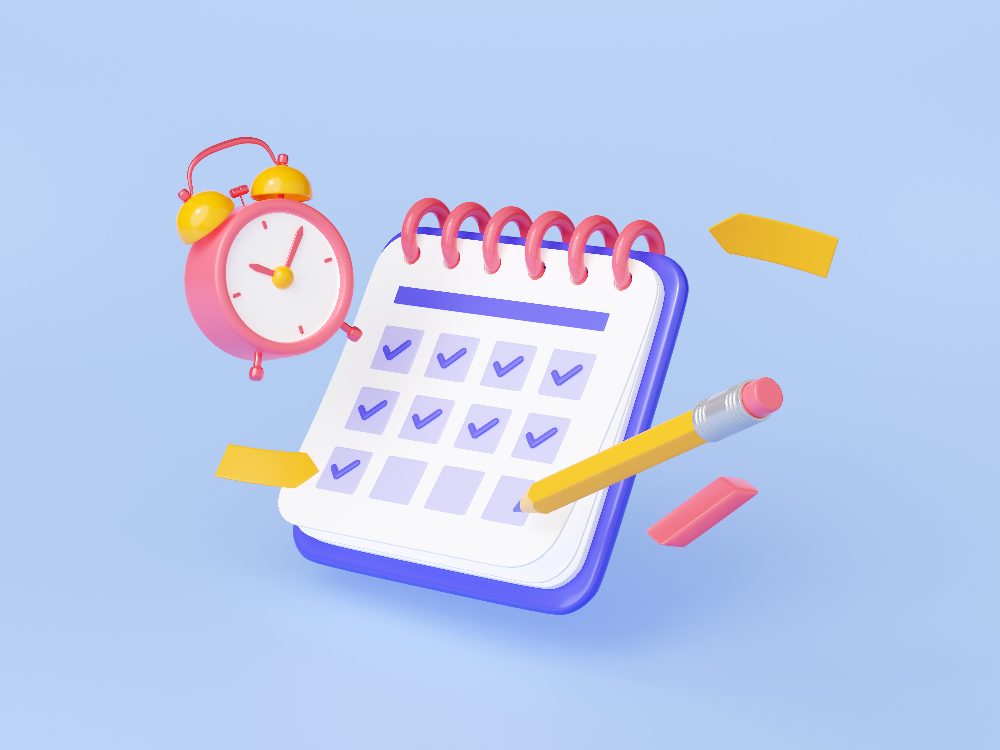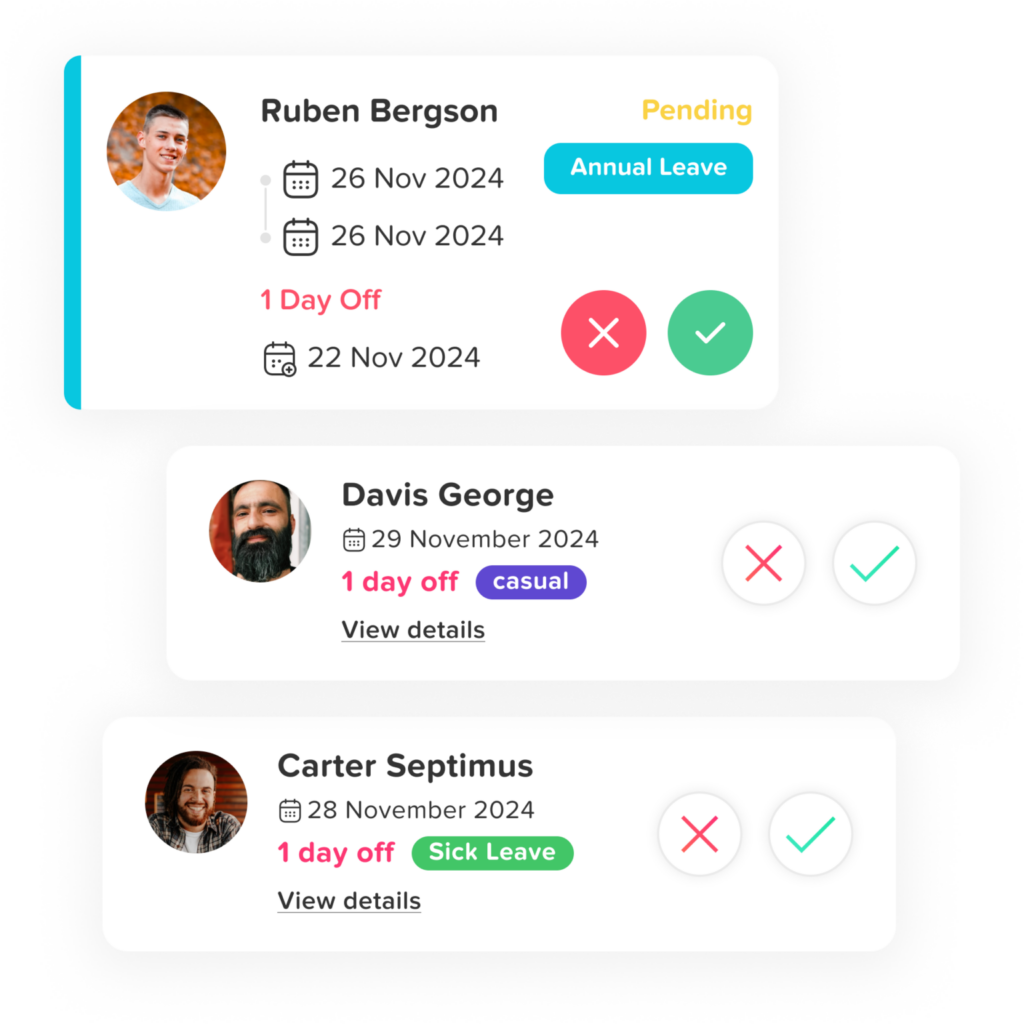Employee burnout has become a major challenge for businesses in today’s fast-paced work environment. As workloads grow and expectations rise, employees often struggle to maintain a healthy balance between professional responsibilities and personal well-being. Burnout not only reduces individual productivity but also leads to higher turnover, increased absenteeism, and lower morale across teams. One effective way to combat this is through PTO tracking software. By simplifying leave management, providing clear visibility into time off balances, and encouraging employees to take regular breaks, PTO tracking software helps organizations protect employee well-being while maintaining a productive and motivated workforce.
The Role of PTO tracking software in Preventing Burnout
Paid Time Off policies are designed to give employees the opportunity to rest, recharge, and focus on their personal lives. However, implementing an effective PTO system goes beyond simply offering leave. Companies need a structured approach to ensure employees can utilize their PTO without the stress of cumbersome processes or workplace disruptions. PTO tracking software provides this structure by automating and simplifying leave management while promoting a culture that values employee well-being.
The #1 Leave Tracker for Your Team’s PTO, Vacations, and Absences
Managing paid time off and employee absences doesn’t have to be complicated. Day Off brings all your leave management needs into one simple, intuitive platform. In just a few clicks, you can set up leave policies, define approval workflows, and give your team a seamless, modern experience that makes managing time off effortless.
A Smarter Way to Manage Time Off
Day Off is built around one simple idea: making leave management easy, transparent, and stress-free for both employees and managers. Whether it’s vacation days, sick leave, personal time off, or special leave categories, the app ensures that every request is accurate, clearly tracked, and fully aligned with your company policies.
Real-Time Leave Balances
Employees can view their leave balances instantly, at any time. This transparency allows them to plan vacations or personal time confidently, without needing to ask HR for updates.
Request Submission and Approval Workflows
Day Off streamlines the entire leave request process. Employees can submit requests with just a few taps, and managers can approve or reject them through a centralized dashboard or mobile app. Automated notifications keep everyone informed in real time, reducing delays and confusion.
Customizable Leave Policies
The platform allows full flexibility to match your company’s needs. You can define multiple leave types, annual, sick, maternity, paternity, volunteer days, or any custom category. Accrual rules, carryovers, and leave caps can be set to reflect your policies, ensuring fair and accurate tracking for all employees.
Work Schedule and Flexible Calendars
Day Off adapts to your company’s schedule. You can define working days, adjust the start day of the week, and manage operational calendars. Public holidays can be imported automatically based on your country or region, reducing manual errors and ensuring accurate leave calculations.
Sub-Teams and Multi-Location Support
For organizations with multiple departments, teams, or offices, Day Off allows you to create sub-teams with specific policies, balances, and working days. This ensures that leave management works seamlessly across locations while respecting local rules.
Accruals and Carryovers Made Easy
Day Off automatically calculates accruals and applies carryover rules according to your policies. This saves HR teams from manual calculations and ensures employees’ leave balances are always accurate.
Powerful Reporting and Analytics
The platform provides detailed reports on leave trends, absenteeism patterns, team coverage, and compliance metrics. Managers and HR teams gain insights to make better staffing decisions, improve productivity, and plan for peak periods effectively.
Mobility and Employee Self-Service
With mobile apps and responsive web access, employees can manage their leave anytime, anywhere. They can submit requests, track approvals, and view balances on the go, while managers can approve leave and monitor schedules from their phones or tablets.
Seamless Integrations
Day Off integrates smoothly with popular business tools such as Google Calendar, Outlook Calendar, Slack, and Microsoft Teams. Approved leave is automatically reflected in calendars and communication channels, keeping teams aligned and informed.
Designed for Efficiency
By reducing manual tracking, preventing scheduling conflicts, and eliminating administrative errors, Day Off saves HR teams and managers valuable time. Employees enjoy clarity and convenience, while organizations benefit from improved compliance, accurate reporting, enhanced productivity, and higher overall employee satisfaction.
Key Ways PTO Tracking Software Reduces Burnout
Simplifies Leave Request Processes
Traditional leave request processes can be time-consuming and frustrating for employees. Filling out forms, waiting for approvals, and tracking leave balances manually can deter employees from taking their PTO. PTO tracking software eliminates these hassles by offering an intuitive platform for submitting and managing leave requests. With features such as real-time balance updates, automated approvals, and calendar integration, employees can plan their time off with ease and confidence.
Encourages Employees to Take Breaks
Many employees hesitate to take PTO due to fear of falling behind at work or appearing less committed. PTO tracking software combats this by providing transparent leave data and reminders. Employers can use the software to set policies that encourage regular breaks, ensuring employees don’t accumulate excessive unused PTO. Regular notifications and friendly nudges help employees understand the importance of using their leave to maintain their mental and physical health.
Balances Workload Effectively
One common concern when employees take PTO is the redistribution of their workload. PTO tracking software integrates with workforce management tools to ensure seamless workload planning. Managers can identify potential gaps in coverage and allocate tasks efficiently, reducing stress on team members who remain on duty. This proactive approach fosters a supportive environment where employees feel comfortable taking time off without guilt.
Provides Insights for Better Workforce Planning
PTO tracking software generates comprehensive reports on leave trends, helping businesses identify patterns that could lead to burnout. For instance, if certain periods see high levels of absenteeism or if employees in specific roles avoid taking leave, employers can address these issues by redistributing tasks, hiring additional staff, or revising PTO policies. These insights enable businesses to proactively support their employees’ well-being.
Supports Remote and Hybrid Teams
In remote and hybrid work settings, employees often struggle to disconnect from work, leading to higher burnout rates. PTO tracking software ensures that remote workers can take structured breaks without worrying about visibility or approval delays. The software provides clear records of time off, ensuring equal opportunities for all employees to recharge, regardless of their work location.
Promotes a Culture of Transparency and Trust
A well-implemented PTO tracking system fosters transparency in leave policies. Employees can view their leave balances, company holiday schedules, and approval workflows in one place. This transparency builds trust between employers and employees, creating a supportive workplace culture where taking PTO is normalized and encouraged.
Additional Benefits of PTO Tracking Software
Improved Compliance
Day Off helps your organization stay fully aligned with local labor laws and internal company policies. By automating leave tracking, it reduces the risk of compliance issues, disputes, or costly penalties, giving HR teams peace of mind and ensuring that all leave is managed fairly and accurately.
Enhanced Employee Satisfaction
A clear, transparent, and hassle-free leave management process empowers employees to plan their time off with confidence. When employees know their requests are handled efficiently, it boosts morale, strengthens engagement, and contributes to a happier, more motivated workforce.
Increased Productivity
Employees who can easily request and manage their time off return to work feeling refreshed and focused. A well-organized leave system supports creativity, energy, and overall productivity, helping teams perform at their best.
Cost Savings
Automating leave management drastically reduces the administrative burden on HR teams and minimizes errors in payroll and accrual calculations. This not only saves valuable time but also reduces operational costs, making your HR processes more efficient and accurate.
Better Resource Allocation
With real-time visibility into leave schedules, managers can plan staffing and workloads more effectively. This ensures teams are properly covered during busy periods, reduces disruptions, and maintains smooth business operations.
Data-Driven Decision Making
Day Off provides detailed reporting and analytics on leave trends, patterns, and team behavior. This data allows managers to spot potential issues early, make informed workforce decisions, and optimize scheduling and resource planning.
Improved Employee Retention
When employees feel supported in taking the time off they need, they are more likely to stay with the organization long-term. A positive and fair leave experience fosters loyalty, reduces turnover, and strengthens your employer brand.
Flexibility for Diverse Workforces
Day Off accommodates a variety of PTO policies, making it ideal for global teams or organizations with multiple leave structures across regions. This flexibility ensures equitable leave management for all employees, regardless of location or role, creating a fair and inclusive workplace.
Choosing the Right PTO Tracking Software
Ease of Use
A PTO tracking solution should be simple and intuitive for both employees and managers. When the interface is easy to navigate, your team can adopt it quickly, reducing confusion and minimizing errors. Clear dashboards and straightforward workflows make requesting, approving, and tracking time off a seamless experience for everyone.
Integration Capabilities
Your PTO system should work smoothly with your existing tools, such as HR software, payroll systems, and calendar apps. Seamless integration ensures that leave balances are always accurate, payroll calculations are automated, and workflows remain consistent, all without the need for manual updates or duplicate data entry.
Customizable Policies
Every organization has its own rules for time off. The best PTO tracking software allows you to customize every aspect of leave management, from accrual rates and carryover rules to approval workflows and leave types. This flexibility ensures the system aligns perfectly with your company policies and meets the specific needs of your team.
Scalability
As your business grows, your PTO tracking solution should scale with you. Whether you’re adding new employees, expanding to multiple departments, or opening additional office locations, a flexible platform adapts without disrupting daily operations or creating administrative headaches.
Analytics and Reporting
Powerful reporting and analytics are essential for making informed decisions. With detailed insights into leave usage, absenteeism patterns, and team availability, you can forecast staffing needs, spot trends early, and plan strategically. This data-driven approach helps managers optimize resources and maintain smooth operations across the organization.
FAQs
What is PTO tracking software?
PTO tracking software is a digital tool that automates how businesses manage employee time off, including vacation days, sick leave, personal days, and other types of leave. It provides accurate leave balances, simplifies approval workflows, and ensures transparency for both employees and managers, eliminating manual spreadsheets and reducing errors.
How does PTO tracking software help prevent employee burnout?
PTO tracking software encourages employees to take regular breaks by simplifying the process of requesting and approving time off. Managers can also monitor workloads and plan schedules more effectively, ensuring no one is overworked while team members are away. By promoting proper rest, it helps maintain productivity and reduces stress across the organization.
Can PTO tracking software improve employee satisfaction?
Yes. A clear, user-friendly PTO system empowers employees to plan their time off easily and without confusion. When employees know their leave requests are handled efficiently and transparently, it builds trust, boosts morale, increases engagement, and supports a healthier work-life balance.
Is PTO tracking software suitable for remote and hybrid teams?
Absolutely. Remote and hybrid teams often face challenges in tracking leave fairly. PTO tracking software provides real-time updates, ensures equal access to leave, and allows managers to monitor team availability regardless of location. This keeps workflows smooth and employees supported, wherever they work.
Does PTO tracking software integrate with other workplace tools?
Yes. Many PTO tracking platforms, such as Day Off, integrate with popular tools like Google Calendar, Outlook, Slack, and Microsoft Teams. These integrations ensure approved leave is automatically reflected in calendars and communication tools, helping teams stay aligned and preventing scheduling conflicts.
How does PTO tracking software benefit managers and HR teams?
Managers and HR professionals save significant time by automating leave tracking, reducing errors, and eliminating manual calculations. Detailed reporting features provide insights into leave trends, absenteeism, and team coverage, enabling data-driven decisions about staffing, scheduling, and workforce planning.
What types of leave can be managed with PTO tracking software?
PTO tracking software supports a wide range of leave types, including annual leave, sick days, maternity and paternity leave, personal days, and custom categories tailored to your company’s policies. Organizations can fully configure accruals, carryovers, and approval workflows to match company rules and comply with local labor laws.
Is PTO tracking software scalable for growing businesses?
Yes. A robust PTO tracking solution grows with your organization. It can handle unlimited employees, multiple departments, and different office locations, all while maintaining accurate leave tracking and streamlined processes as your team expands.
Conclusion
Employee burnout is one of the most pressing challenges in today’s fast-paced work environment, affecting productivity, engagement, and overall morale. PTO tracking software offers a practical and proactive solution by simplifying leave management, making it easy for employees to request and take the time off they need. Beyond just tracking days, it encourages a culture that values rest, well-being, and work-life balance. By implementing the right PTO tracking system, organizations can create a healthier, more engaged, and motivated workforce, one where employees feel supported, appreciated, and empowered to perform at their best, driving both personal satisfaction and organizational success.
